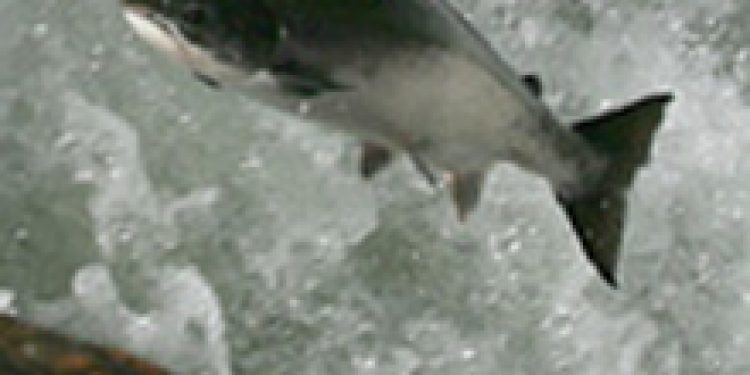Earlier this year, The Norwegian Fishery and Aquaculture Industry Research Fund (FHF) commissioned The Norwegian Institute of Food, Fisheries and Aquaculture Research (NOFIMA) and The Norwegian Institute for Nature Research (NINA), to review available scientific documentation on the subject on escaped salmon, genetic interaction, sea lice and its effects on wild North Atlantic salmon. Both Nofima reports, which are based on data with specific relevance to Norway, are now available in English and conclude amongst other things, that most assertions on these topics have insufficient scientific basis.
The Nofima report concerning effects of salmon lice states that even if salmon lice, like many other factors, can be fatal for individual salmon smolts, there is no scientific evidence documenting that salmon lice alone can reduce entire stocks of wild salmonids. Furthermore, the report points out an exaggerated focus on a single factor and also the lack of including other probable contributing factors such as watercourse regulation, pollution, Gyrodactylus and exploitation into the analysis. The report regarding salmon lice is a translation of the report published in Norwegian in April 2011. Hence, studies performed and published after April 2011 are not included in this review. Nevertheless, the report concludes that more knowledge is needed and other possible explanatory models should be included.
Lack of knowledge
The Nofima report concerning the genetic influences from escapees points out that no published studies have attempted to identify whether the natural selection of Norwegian wild salmon is changed as a result of interactions with farmed salmon. Researcher and Co-author of the report, Céleste Jacq, underlines that more and specific knowledge is required before conclusions can be drawn concerning the genetic effects from escaped farmed salmon.
Both reports show a lack of knowledge concerning effects of farmed salmon on wild salmon as well as a complete understanding of wild salmon population dynamics. The researchers from Nofima are critical about the lack of correlation between the public administration’s communication and the actual scientific basis. Therefore they are calling for more objective, scientific and integrated assessments to form the basis for decision making relating to the management of wild anadromous salmonids. “There is no doubt more knowledge in this area is needed before any final conclusions can be drawn”, Senior Researcher at Nofima, Solveig van Nes, who led the critical review, states.
Detailed analysis
The debate regarding escaped salmon, lice infection and its effects on the wild North Atlantic salmon has been active for quite some time without necessarily being based on solid, scientific facts which were one of the main reasons FHF commissioned the report. Head of aquaculture in FHF, Kjell Maroni, says that the existing knowledge available, disagreements and gaps or inconsistencies are thoroughly reviewed in this report.
“In addition, both reports by Nofima and NINA were evaluated by the Researcher, Jan Arve Gjøvik, who identified areas with different interpretations of scientific evidence and brought to light other aspects which had not been sufficiently researched”, Maroni says. He adds that the work which was undertaken by all parties involved is vital for the future research the scientific community will have to carry out in order to fully understand the implications.
Now that both Nofima reports are available in English, one can hope that it stimulates further interests from the international scientific community in order to bring more input and knowledge into the debate which to a large extent has been dominated by a lot of passion, but not always with a scientific basis.









